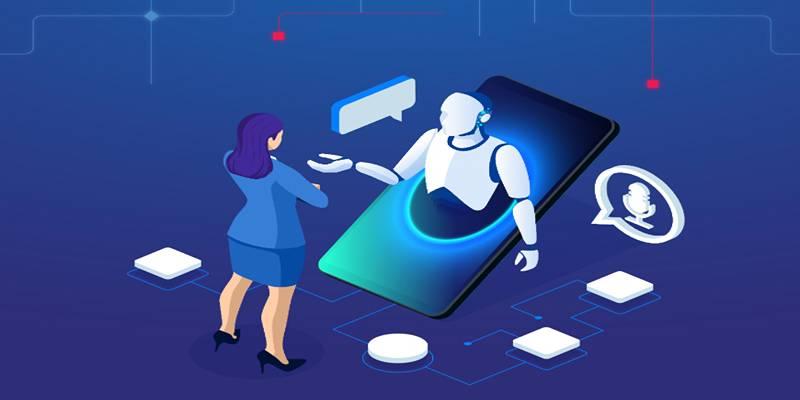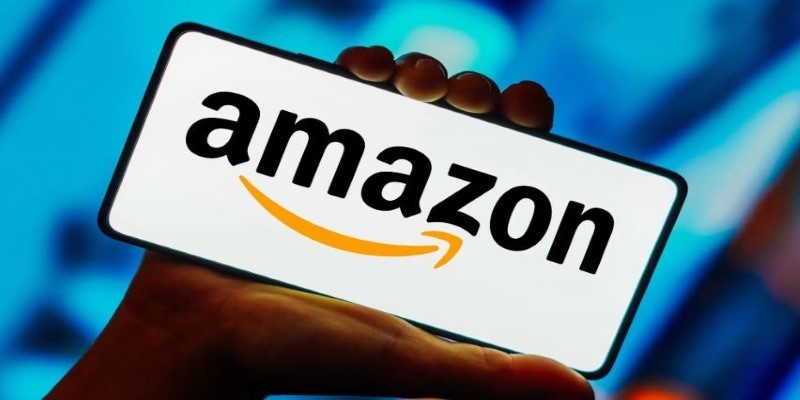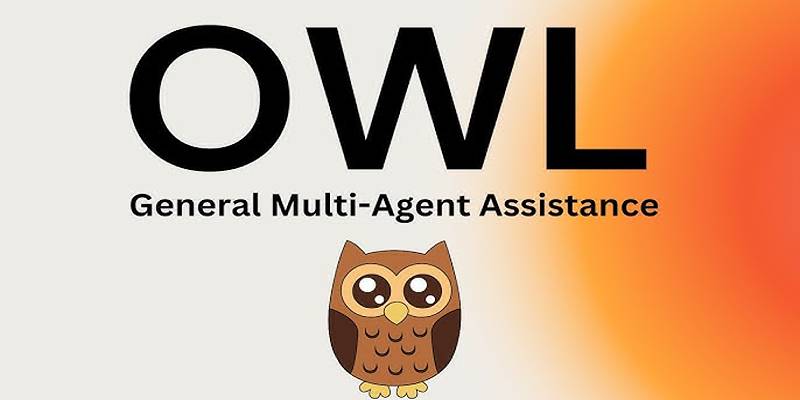Model Context Protocol, or MCP, is a structured method used in artificial intelligence systems to manage, store, and recall memory in a meaningful way. It allows models to behave more like humans—by remembering relevant details, keeping track of long conversations, and forgetting information that’s no longer useful.
Rather than treating every prompt as a new interaction, MCP enables models to carry context across multiple sessions. It leads to more accurate responses, better user experiences, and smarter AI systems overall. MCP has become especially important in AI tools that need continuity—whether for customer service bots, virtual assistants, or collaborative writing tools. With MCP, developers and teams can fine-tune how much a model knows, when it learns, and how long it remembers.
Why MCP Matters in AI Applications
AI systems today are no longer just answering single questions—they are solving long-term tasks, maintaining user history, and adapting over time. It requires memory and structure, which is exactly what MCP provides.
MCP gives teams the power to:
- Define what the AI should remember
- Organize data into labeled memory segments
- Control how long each piece of memory lasts
- Prevent context overload or irrelevant responses
By helping machines understand and manage memory more effectively, MCP improves the model’s performance across a range of industries.
Core Components of MCP
The Model Context Protocol operates through 3 core elements. Each one plays a vital role in making sure the system runs smoothly and stays relevant to user needs.
Memory Storage

Memory storage in MCP refers to where the AI keeps past information. It can include facts, user preferences, past interactions, or completed tasks. Instead of dumping all past data into every interaction, MCP makes it possible to keep only what’s needed.
Stored memory may include:
- Ongoing project information
- Prior conversation context
- User or client preferences
- Names, locations, and task details
It allows the model to respond intelligently without repeating previous steps. A helpful line of separation here before diving deeper:
Memory Duration
One of MCP’s strengths is managing how long data should be remembered. Not all information needs to be saved forever.
There are typically three types of memory duration in MCP:
- Temporary memory: Useful for one-time tasks; automatically deleted after the session.
- Session memory: Stays active during the current conversation or project but is cleared afterward.
- Persistent memory: Retained across multiple sessions or until deleted manually.
This structure ensures the AI remains focused and avoids memory clutter.
Labeling and Context Tagging
To keep things organized, MCP uses labels and tags. Each memory entry can be tagged with custom labels such as “project-data,” “client-info,” or “billing-status.” It makes it easy to search and retrieve specific types of information when needed.
How to Use MCP: Step-by-Step
Using MCP may sound technical, but it’s quite manageable once the structure is understood. Here is a straightforward, step-by-step guide on how MCP is applied in real AI workflows.
Step 1: Set Up a Memory Structure
Before MCP can function, the developer or system admin needs to define a structure for storing context. It could be a cloud database, a file-based memory store, or a built-in feature of an AI platform.
The structure must support:
- JSON or object-based memory entries
- Time-based expiration (for temporary/session memory)
- Searchability via tags or keys
Having a structured memory store is the foundation of MCP.
Step 2: Create Initial Memory Blocks
Once the memory structure is ready, the next step is to create memory blocks. These are individual entries that contain information the AI needs to remember.
Each memory block typically includes the following:
- A label or key name
- Content or data to store
- A memory type (temporary, session, or persistent)
- Optional tags for sorting or filtering
Step 3: Use Relevant Memory During Interactions
MCP is most effective when memory is used selectively. Not all context should be injected into every response. Instead, use only the relevant memory blocks for each task.
For example, if the user is asking about billing, only billing-related context should be referenced. It avoids confusion and improves processing speed. MCP encourages smart filtering using tags and context labels so the AI focuses on what matters.
Step 4: Update or Clear Memory Regularly
As tasks evolve, so should the memory. MCP supports memory updates and deletions to avoid outdated or incorrect data.
Developers can choose to:
- Manually delete old entries
- Auto-delete session memory after a time limit
- Replace outdated data with new content
Cleaning up memory regularly keeps the model lean and accurate.
Real-World Applications of MCP

Model Context Protocol is not just theoretical—it’s being used in real systems every day. Below are a few examples where MCP plays a vital role:
Customer Support Platforms
Support bots often deal with returning customers. MCP allows these bots to remember names, past complaints, or current orders.
Benefits include:
- Faster resolution
- Personalized interactions
- Fewer repetitive questions
Personal AI Assistants
AI tools that manage personal tasks use MCP to remember:
- Daily habits
- Preferred tools or settings
- Location or calendar details
These tools act more human, helping users without needing to reintroduce themselves.
Project Management Systems
For AI tools involved in projects, MCP stores team roles, deadlines, and current status. It allows the AI to help manage updates or give reminders.
Best Practices for Using MCP Effectively
When setting up MCP, there are a few important practices to follow:
- Label memories clearly: Use simple, readable IDs and tags.
- Avoid memory overload: Don’t store unnecessary or outdated data.
- Respect user data: Always ask permission before storing personal details.
- Test different memory lifespans: Some systems perform better with shorter memory durations.
Proper planning can turn MCP from a simple structure into a powerful feature.
Conclusion
Model Context Protocol (MCP) is a game-changer in the world of artificial intelligence. It gives structure to memory, allows smarter interactions, and lets developers build systems that adapt over time. By following a clear memory structure, defining memory lifespans, and tagging content effectively, any AI model can benefit from better understanding and smarter communication. For any developer, startup, or tech team working with AI tools, MCP offers an essential system for turning raw data into meaningful memory—one step at a time.











